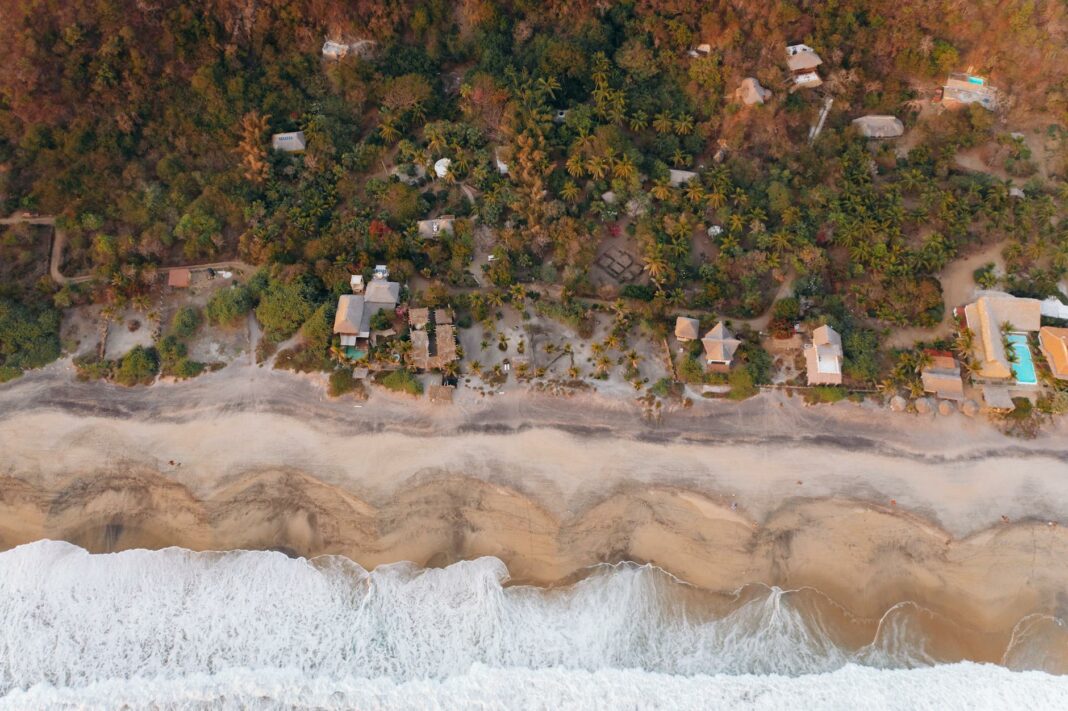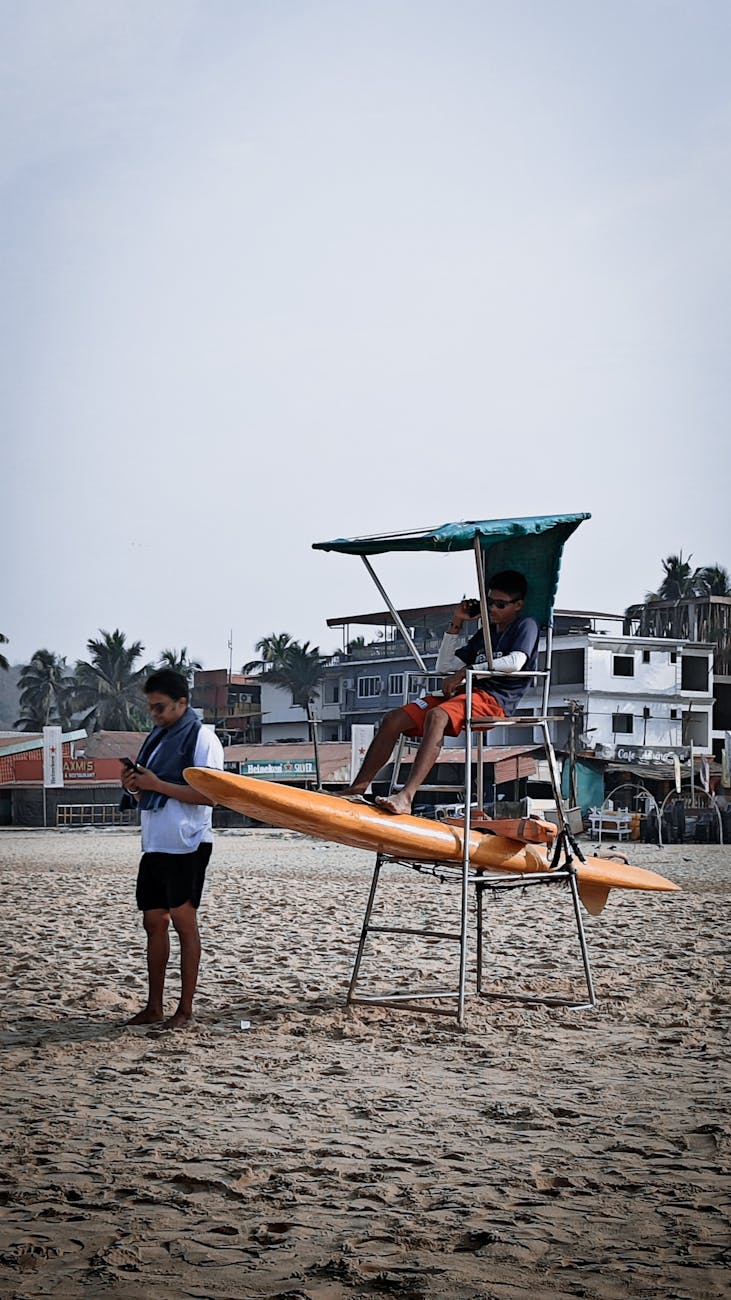Are ski resorts putting your safety at risk this winter?
As the winter season approaches, the sound of skis carving through powder and the thrill of downhill descents invigorate avid skiers and snowboarders alike. However, an undercurrent of concern emerges regarding safety protocols at ski resorts. With millions flocking to these winter wonderlands annually, it’s essential to investigate whether resorts prioritize safety or if they overlook vital measures to protect their visitors. Let’s dive into the various aspects of ski resort safety and uncover the truths behind the slopes.
The charm of ski resorts is undeniable, from the breathtaking mountain vistas to the exhilarating runs intended for all skill levels. While enjoying these spectacles, it’s essential to weigh the safety protocols and emergency measures that resorts have in place. This blog post will explore the nuances of ski resort safety this winter, addressing everything from avalanche procedures to ski patrol response times while maintaining a positive outlook. After all, the winter sports experience should indeed be enjoyable and safe for everyone!
Table of Contents
- Understanding Ski Resort Safety Standards
- Avalanche Awareness and Prevention
- Emergency Response and Ski Patrol Efficiency
- Trail Conditions and Maintenance Practices
- Equipment Safety Checks and Rentals
Understanding Ski Resort Safety Standards
To start, snow resorts adhere to strict safety standards, often guided by national and international regulations. Ski resorts prioritize the implementation of safety measures, ensuring that guests can enjoy their experience with peace of mind. Staff members receive extensive training that encompasses emergency protocols, first aid, and customer service to foster a safe environment. With an emphasis on proactive measures, these resorts routinely conduct audits and evaluations to maintain high safety standards. Cultivating an atmosphere that values safety not only benefits the guests but also enhances the reputation of the resort itself.
In addition to training staff, resorts willingly invest in maintaining and improving their infrastructure, which includes slope signage and safety barriers. Seeking continuous improvements through guest feedback fosters a cycle of elevation in service and reassurance. While it is crucial to acknowledge potential risks associated with winter sports, the ongoing commitment to safety demonstrates that ski resorts truly care for their guests’ well-being. Implementing safety standards is not merely a regulatory requirement, but a cornerstone of creating a memorable skiing experience.
Avalanche Awareness and Prevention
When it comes to winter sports, one significant concern emerges: avalanches. Ski resorts utilize advanced technologies and collaborate with local authorities to monitor snow conditions, ensuring slopes are safe for guests. These resorts routinely communicate crucial avalanche warnings and information to skiers and snowboarders. Educational programs aim to raise awareness amongst guests, teaching them to recognize signs of impending danger while on the slopes. These programs are instrumental in accident prevention, especially for those who may venture into more remote, off-piste areas.
Moreover, resorts actively participate in controlled avalanche mitigation techniques. By deliberately triggering small avalanches in a controlled manner, they relieve potential dangers that nature might unleash unpredictably. This proactive approach significantly reduces risks, making slopes safer for skiing enthusiasts. With cutting-edge technology combined with a commitment to skier safety, ski resorts exemplify how they harness resources and expertise to make skiing safer during the winter season.
Emergency Response and Ski Patrol Efficiency
Safety measures extend beyond preparation; they encompass quick and efficient response protocols essential for ensuring guest protection. Ski patrol units play a pivotal role in maintaining safety, staffed by trained professionals who monitor trail conditions and provide immediate care when injuries occur. Their swift response to incidents ensures that all skiers receive the help they need, whether dealing with minor falls or more serious accidents. This emphasis on readiness contributes not only to skier safety but also promotes a worry-free skiing experience.
Furthermore, ski patrol teams employ regular training and drills to prepare for a variety of emergencies, from lost individuals to medical emergencies and avalanche situations. These procedures ensure that the patrol works seamlessly and effectively during high-pressure situations. Knowing a dedicated team is always available on-site bolsters skiers’ confidence as they enjoy their time on the slopes. Ski resorts genuinely prioritize a safe environment, and the well-trained ski patrol is a testament to that commitment.
Trail Conditions and Maintenance Practices
One cannot overlook the importance of well-maintained trails when discussing safety at ski resorts. Resorts make significant efforts to monitor and manage their slopes, including grooming practices that ensure consistent snow quality throughout the winter season. Regular maintenance not only enhances the skiing experience but also minimizes accident risks stemming from poor trail conditions. Guests can feel secure knowing that trails are often groomed daily, allowing for an enjoyable and safer skiing experience.
In addition, ski resorts maintain an open line of communication with guests regarding trail conditions. On-site signage and digital updates inform skiers about changes in weather, upcoming grooming sessions, and slope availability. This transparency empowers guests to make informed decisions based on current conditions. Ultimately, knowing about ongoing maintenance fosters a sense of confidence while skiing. With diligent attention given to trail care, ski resorts show their unwavering dedication to guest safety and enjoyment.
Equipment Safety Checks and Rentals
Another essential aspect of ski resort safety pertains to the equipment available to guests. Whether skiers bring their gear or rent equipment, safety checks are critical. Ski resorts take the matter seriously when it comes to ensuring that rental gear meets stringent safety protocols. Regular inspections are conducted to confirm that bindings are correctly adjusted, helmets fit snugly, and all equipment is free from damage. Ensuring that skiers are adequately equipped before hitting the slopes is vital to minimizing risks associated with equipment failure.
For those opting for rentals, resorts provide knowledgeable staff members trained to help guests select gear suitable for their skill level and the current trail conditions. This personalized approach not only enhances safety but also enriches the overall skiing experience. Patrons can confidently glide down the slopes knowing they are equipped with well-maintained and properly fitted gear, significantly reducing the likelihood of accidents or injuries. This commitment to equipment safety exemplifies the comprehensive approach resorts take to prioritize skier well-being, transforming the winter sports experience into a secure and enjoyable adventure.
The Path to a Safer Skiing Experience
The positive outlook regarding ski resort safety emerges from a clear understanding of the rigorous measures being executed daily. With an unwavering commitment to implementing safety standards, educating guests on hazards, and maintaining optimal trail conditions, ski resorts excel in creating a safe environment for all winter sports enthusiasts. While risks are inherent in any outdoor activity, the proactive strategies employed by resorts highlight their dedication to guest well-being and satisfaction. Beyond their duty to uphold safety regulations, these resorts strive to instill confidence and enjoyment among visitors, allowing for unforgettable winter experiences.
Ultimately, as long as ski resorts continue to invest in safety measures and ongoing training for their staff, skiers and snowboarders can take to the slopes with glee. The thrill that accompanies ski season can be enjoyed alongside effective safety measures, showcasing how exhilarating winter sports can seamlessly coexist with well-established protections. Embracing this positive viewpoint will not only enrich the skiing community but ensure that individuals enjoy their time on the snowy terrain for years to come!
FAQ
What measures are ski resorts taking to ensure guest safety?
Ski resorts implement rigorous safety standards that include staff training, regular trail maintenance, and the monitoring of avalanche conditions. They also provide emergency services and active communication tools to keep guests informed.
How do ski patrols respond to emergencies?
Ski patrol teams are trained to provide immediate assistance in medical emergencies and other incidents. They conduct regular drills to prepare for various situations, thus guaranteeing rapid and efficient response to any crisis.
Are rental equipment safety checks mandatory at ski resorts?
Yes, ski resorts follow strict protocols for inspecting rental equipment to ensure functionality and safety. Staff members also assist guests in choosing the right gear based on skill level and trail conditions.
How can I stay informed about trail conditions at ski resorts?
Most resorts provide updates via signage around the resort and digital platforms, ensuring guests have access to the latest information about trail conditions and other relevant changes.
Image Credit: Pexels





